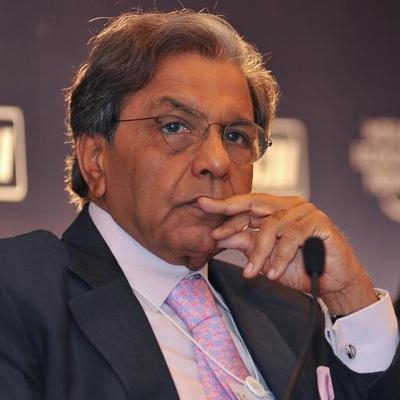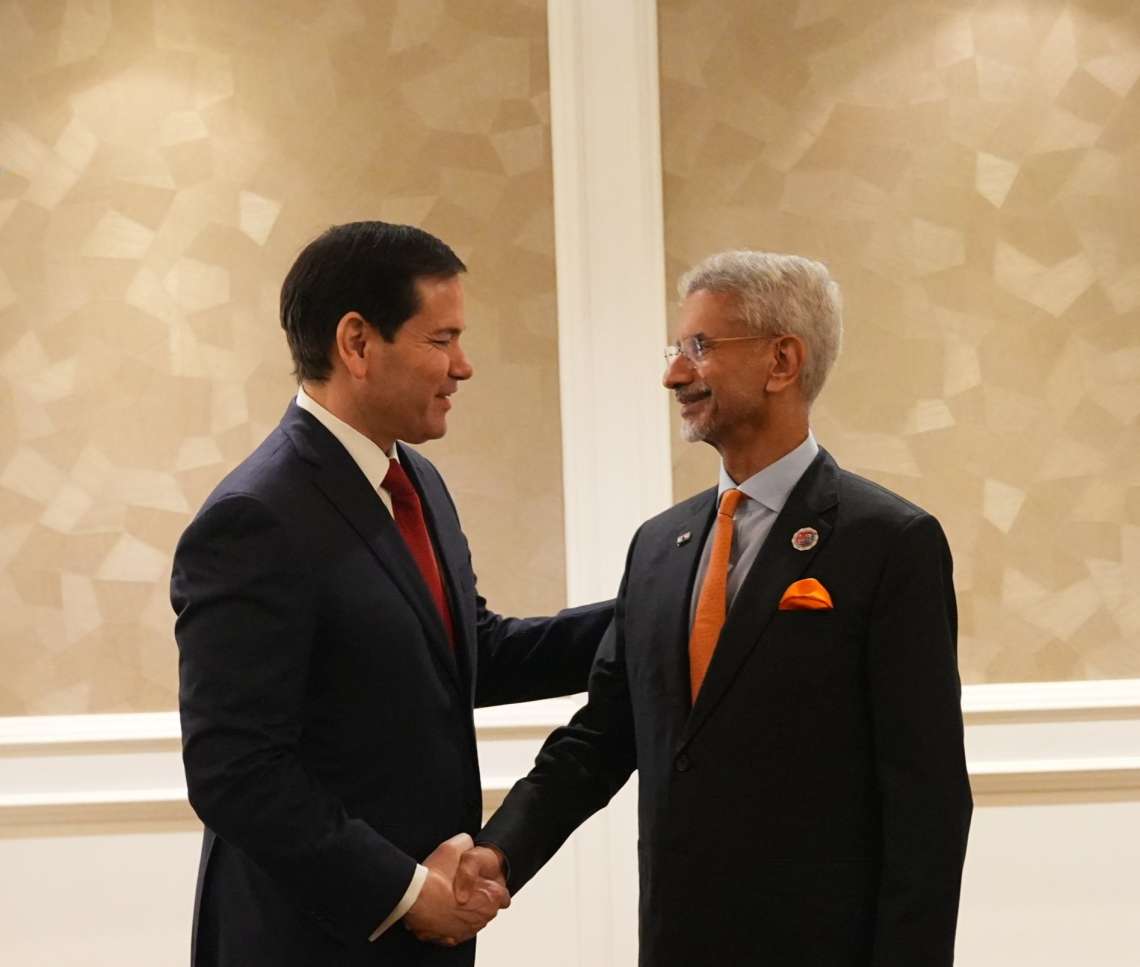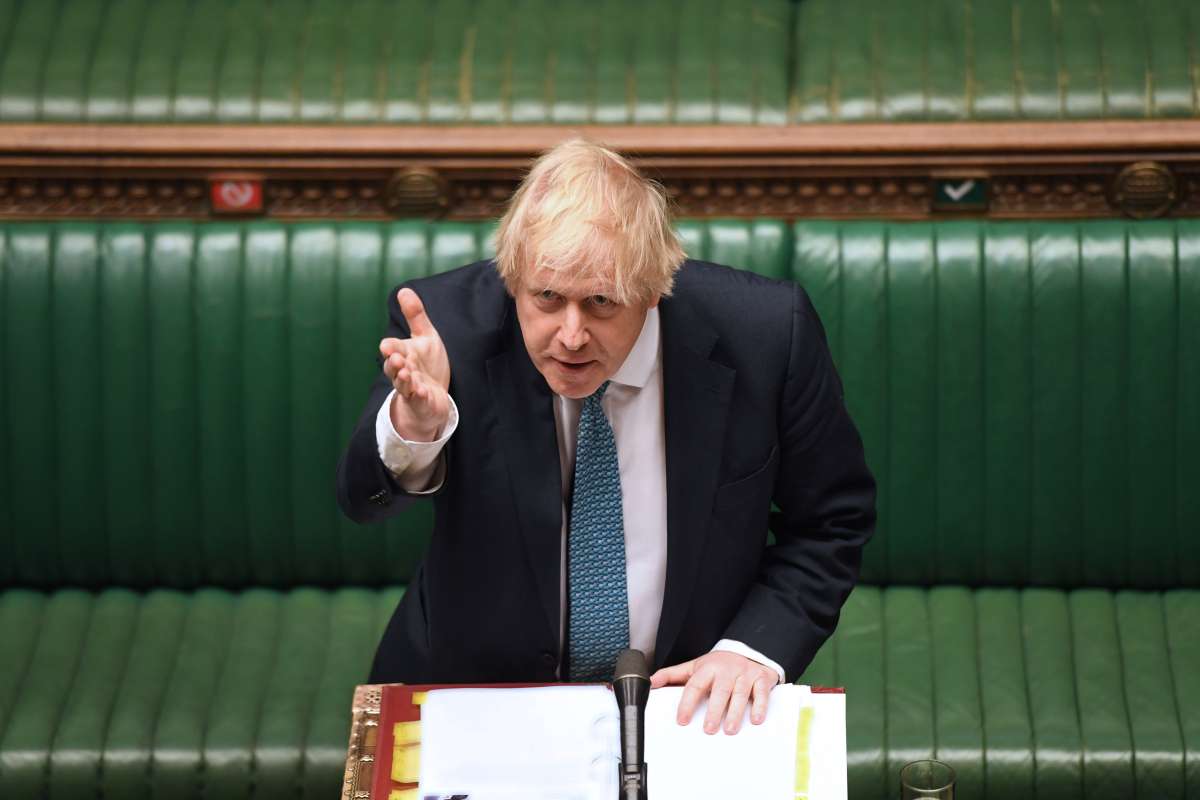Currently, the eight mountainous northeastern states, Himachal Pradesh, Jammu and Kashmir and Uttarakhand have the special category tag, and are getting higher financial support from the Centre…reports Sujit Chakraborty
The 15th Finance Commission (2021-26) headed by N.K. Singh had earlier suggested that the northeastern states accelerate resources and revenue to strengthen their fiscal position.
Singh, a former member of the now abolished Planning Commission, in his report had said that the northeastern states must accelerate their own resources and revenue to build up sustainable fiscal situations while each northeastern state has unique features and challenges.
With 45.58 million people (2011 census), in the northeast region, which consists of 8 per cent of India’s total geographical area and 4 per cent of the country’s population, there is a lack of big and medium scale industries in most of the states except Assam.
According to experts, the hilly region has huge untapped natural resources including gas, oil, water and forests, but their full utilisation is yet to be done, making for a poor revenue base for seven of the eight northeastern states.
To improve the basic minimum services and infrastructure in the region, the Central ministries and departments, keep 10 per cent of their Gross Budgetary Support (GBS) for the central sector (CS) and the centrally sponsored schemes (CSS) unless they are exempted.
Currently, the eight mountainous northeastern states, Himachal Pradesh, Jammu and Kashmir and Uttarakhand have the special category tag, and are getting higher financial support from the Centre.
As per the budget estimate, for the years 2014-15 to 2020-21, actual expenditure in the northeastern region by non-exempted Central government ministries and departments was Rs 2,65,766.67 crore.
According to a report of the “State Finances of North Eastern States”, published by the Research and Information Division of the Lok Sabha secretariat, financial assistance from the various central ministries reveals that the financial condition of the states is better.
“But there are fields in which action is yet to be taken for the best utilization of financial assistance for the people and these states,” it said.
“If we compare the population of the northeastern states with the rest of the Indian states it is much less. With this if the resources available are in abundance and utilised sensibly the states can develop as sustainable, economically viable hubs for their people and India as well.”
The report said that compared to the northeastern states, the other states of India pay more tax.
One of the major reasons behind this is “As per section 10 (26) of the Income Tax Act, a member of a Scheduled Tribe residing in any area specified in the Sixth Schedule of the Constitution or in Arunachal Pradesh, Manipur, Mizoram, Nagaland and Tripura is exempted from paying tax on any income that accrues from any source in the area or state”, the report said.
The annual budgets for the year 2023-24 of most of the northeastern states except Tripura have been passed in the state assemblies.
After the February 16 assembly elections and formation of the new government, the Tripura government passed a vote-on-account for the first four months of the current financial year (2023-24) in the last week of March.
Tripura Finance, Planning and Coordination Minister Pranajit Singha Roy told IANS that the budget session of the Tripura assembly would begin on July 7 and in this session the full fledged budget for the year 2023-24 would be placed.
“Our fiscal position is now good. We are making committed expenditure as well as releasing funds for the major road and infrastructure projects. No major finance crunch in any sector,” Singha Roy claimed.
According to officials in Itanagar, at the end of 2023-24, the outstanding liabilities of the Arunachal Pradesh government are estimated to be 53 per cent of the GSDP, higher than the revised estimate for 2022-23 (45.4 per cent of the GSDP).
The outstanding liabilities have risen significantly as compared to the 2020-21 level (42.2 per cent of the GSDP).
In 2023-24, Arunachal Pradesh is estimated to spend Rs 12,366 crore on committed expenditure, which is 47 per cent of its estimated revenue receipts.
This committed expenditure comprises spending on salaries (34 per cent of revenue receipts), pension (10 per cent), and interest payments (3 per cent).
Committed expenditure is expected to increase by 23 per cent over the revised estimate of 2022-23.
In 2023-24, the fiscal deficit is estimated to be 6.6 per cent of the GSDP. For 2023-24, the Central government has permitted a fiscal deficit of up to 3.5 per cent of the GSDP to states, of which 0.5 per cent of the GSDP will be available only upon carrying out certain power sector reforms.
In 2023-24, state GST is estimated to be the largest source of own tax revenue (76 per cent share). State GST revenue is estimated to increase by 15 per cent over the revised estimates of 2022-23.
Meghalaya Chief Minister Conrad K. Sangma, who also holds the finance portfolio, presented a Rs 1,592 crore deficit (which is around 3.42 percent of the GSDP) budget for the 2023-24 fiscal.
According to the budget, interest payments for 2023-24 are estimated at Rs 1,169 crore and pension payments at Rs 1,794 crore.
The government expenditure more than doubled from Rs 9,528 crore during 2017-18 to Rs 20,729 crore in 2022-23, demonstrating improved governance and implementation capability, the Chief Minister had said.
Sangma had said that the cumulative funding from externally aided projects (EAP) increased from Rs 2,300 crore to over Rs 10,600 crore from 2018 to 2023.
The Meghalaya government has been implementing several projects in collaboration with agencies like the World Bank, the Asian Development Bank, the Japan International Cooperation Agency, the New Development Bank and the International Fund for Agriculture Development.
Around 90 per cent of these loans for the EAP are repaid by the Union Government on behalf of the state government.
Nagaland Chief Minister Neiphiu Rio while presenting the budget for the 2023-24 fiscal in the state assembly in the last week of March had said that over the 5-year period from the year 2020-21 up to 2025-26, the revenue deficit grant would reduce by Rs 910 crore.
Rio lamented the huge loss faced by the power sector.
“By the end of the current financial year 2022-23, the amount spent on power purchase is estimated to reach Rs 580.89 crore while revenues may barely touch Rs 280 crore. The last four years have witnessed a total loss of Rs 1,079.74 crore in the power sector.
“An amount of Rs 12.64 crore was spent by NST on fuel alone while the department was able to collect revenue of Rs 6.50 crore only,” the Chief Minister stated.
Mizoram Chief Minister Zoramthangs, who also holds the finance portfolio, presenting the budget for the year 2023-24 in February, had said that the projected earning from our state’s own tax revenue is Rs 1084. 29 crore which is 35.32 per cent more than the current year’s budget estimate of Rs 801.29 crore.
“We are striving to achieve Rs 896. 99 crore from our own non-tax revenue which would be Rs 60.57 crore more than last year’s estimate.”
“The major portion of the state’s resources is used to meet obligatory and operating expenses such as salaries and wages, pensions, subsidies, interest payments, power purchase cost, healthcare, state’s “Top-up” share for salaries of SSA employees,” Zoramthanga had said.














